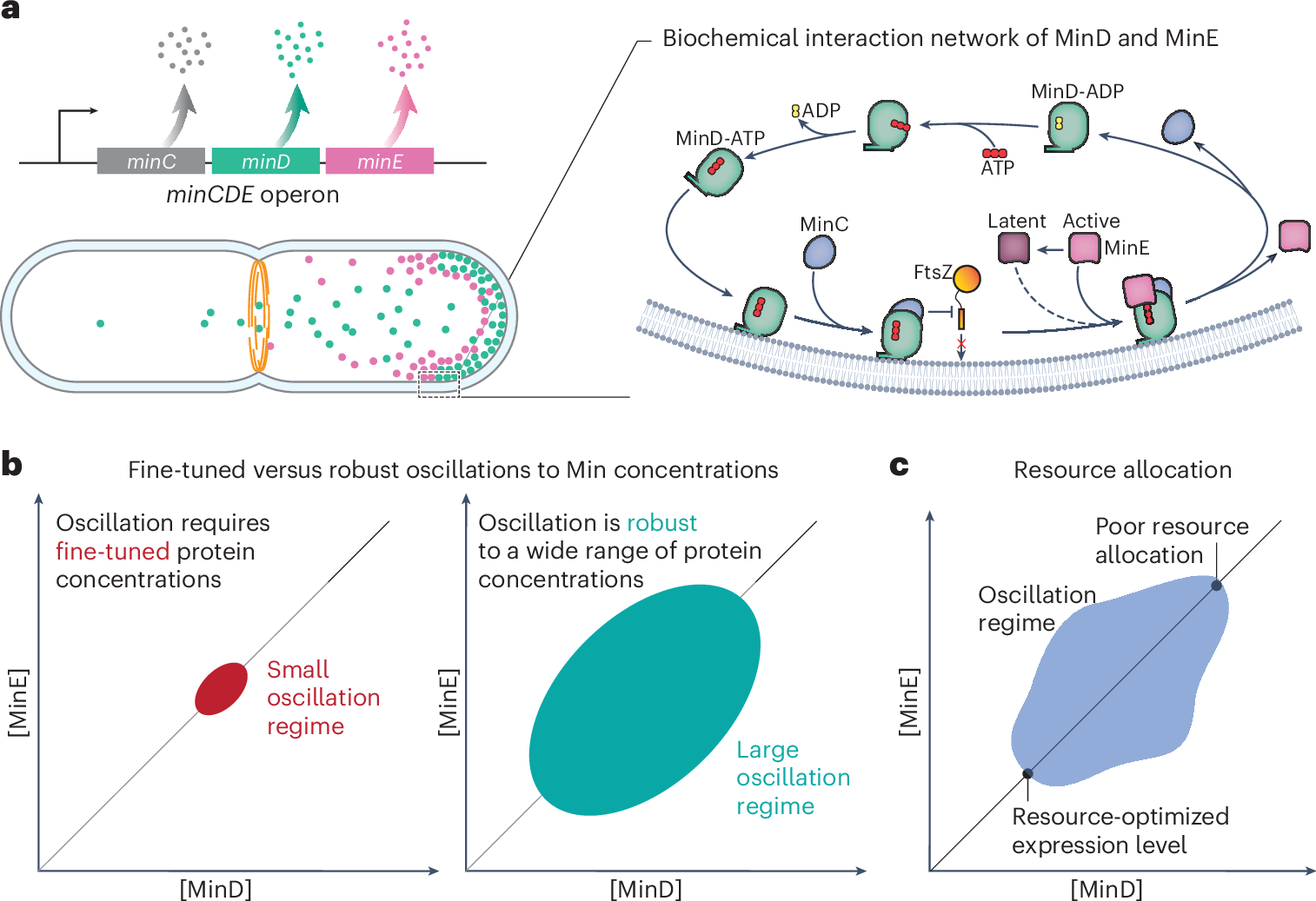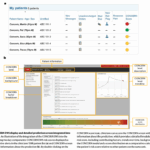2025-05-05 オークリッジ国立研究所 (ORNL)
 A guide RNA strand, in purple, guides CRISPR to a DNA strand. Scientists devised a method to identify genes that can be suppressed to customize microbes for biotechnology applications. Credit: Michelle Lehman/ORNL, U.S. Dept. of Energy
A guide RNA strand, in purple, guides CRISPR to a DNA strand. Scientists devised a method to identify genes that can be suppressed to customize microbes for biotechnology applications. Credit: Michelle Lehman/ORNL, U.S. Dept. of Energy
<関連情報>
- https://www.ornl.gov/news/subtle-edits-yield-big-results-microbes
- https://www.pnas.org/doi/10.1073/pnas.2412625122
高密度CRISPRiスクリーニングによりシアノバクテリアの馴化改善への多様なルートが明らかになる High-density CRISPRi screens reveal diverse routes to improved acclimation in cyanobacteria
Andrew Hren, Nicole Lollini, Dana L. Carper, +3 , and Carrie A. Eckert
Proceedings of the National Academy of Sciences
DOI:https://doi.org/10.1073/pnas.2412625122
Significance
Cyanobacteria are the most abundant photosynthetic organisms on Earth, where they can adjust to diverse environmental fluctuations. This study examines the acclimation of Synechococcus sp. PCC 7002, a model strain, to temperature and spectral quality by modulating the expression of every gene in its genome. Results show that partial, but not complete, reduction in the expression of a subset of influential genes can improve growth under cold monochromatic conditions. Optimal expression levels differ between red and blue light and shift with dual-gene adjustments. Findings show how minor transcriptional changes can yield major improvements in growth under combined environmental stressors and provide a powerful systems-level approach—and supporting toolkit—for understanding microbial fitness.
Abstract
Cyanobacteria are the oldest form of photosynthetic life on Earth and contribute to primary production in nearly every habitat, from permafrost to hot springs. Despite longstanding interest in the acclimation of these microbes, it remains poorly understood and challenging to rewire. This study uses a high-density, genome-wide CRISPR interference screen to examine the influence of gene-specific transcriptional variation on the growth of Synechococcus sp. PCC 7002 under environmental extremes. Surprisingly, many partial knockdowns enhanced fitness under cold monochromatic conditions. Transcriptional repression of genes for core subunits of the NDH-1 complex, which are important for photosynthesis and carbon uptake, improved growth rates under both red and blue light but at distinct, color-specific optima. Most genes with fitness-improving knockdowns were distinct to each light color, and dual-target transcriptional repression produced nonadditive effects. Findings reveal diverse routes to improved acclimation in cyanobacteria (e.g., attenuation of genes involved in CO2 uptake, light harvesting, translation, and purine metabolism) and provide an approach for using gradients in sgRNA activity to pinpoint biochemically influential transcriptional changes in cells.


